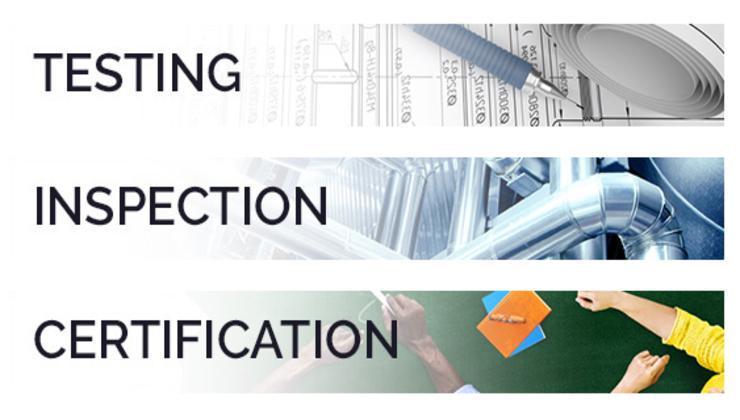The global Testing, Inspection, and Certification (TIC) market is a highly competitive arena where trust, technical expertise, and global reach are the primary currencies. The competitive pressures in this sector are intense and multifaceted, stemming from the high stakes associated with product safety and compliance, the capital-intensive nature of maintaining a global network of accredited laboratories, and the constant need to stay ahead of evolving technologies and regulations. The Testing Inspection Certification Market Competition is not a simple battle on price, although that remains a factor in more commoditized testing segments. Instead, it is a sophisticated contest waged over the breadth and depth of accreditations, the quality and reputation of the brand, the speed of service delivery (turnaround time), and the ability to provide a seamless global service experience to multinational clients. This intense rivalry forces companies to continuously invest in technology, talent, and geographic expansion to maintain their competitive edge and relevance in a rapidly changing world.
The competitive strategies employed by TIC providers are tailored to their position in the market. The global leaders, such as SGS and Bureau Veritas, compete on the basis of their unparalleled scale and comprehensive service portfolios. Their core strategy is to be the single-source provider for all of a large corporation's assurance needs, from auditing its supply chain in Asia to certifying its products for sale in Europe and North America. They leverage their powerful, globally recognized brands as a mark of trust and reliability. In contrast, smaller, specialized TIC firms compete by focusing on a specific niche where they can build a reputation for being the undisputed technical expert. Their strategy is one of deep domain expertise, whether in a specific type of medical device testing, a complex chemical analysis, or a new cybersecurity standard. They win business not because they are the biggest, but because they are the best at a particular task. A third competitive dynamic comes from the potential for in-sourcing, where large manufacturers with sufficient scale and expertise choose to build their own internal testing and compliance laboratories, representing a constant competitive threat.
The future of competition in the TIC market will be increasingly defined by the ability to integrate digital technologies and provide data-driven insights. The competitive battleground is shifting from the physical laboratory to the digital platform. Vendors will compete on the sophistication of their client portals, the capabilities of their remote inspection technologies, and their use of AI and machine learning to automate testing processes and identify potential compliance issues proactively. The Testing Inspection and Certification Market Is Projected To Reach a Valuation of USD 106.98 Billion by 2035. Reaching at a CAGR of 4.88% During 2025 - 2035. Furthermore, as products and systems become more complex and interconnected (e.g., autonomous vehicles, smart grids), the ability to offer "integrated assurance"—testing not just individual components but the entire system-of-systems—will become a key competitive differentiator. The ultimate winners in this evolving landscape will be those who can successfully blend their traditional expertise in physical testing and inspection with a mastery of data, software, and systems thinking.
Top Trending Reports -



